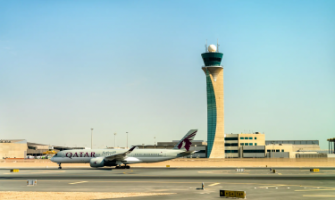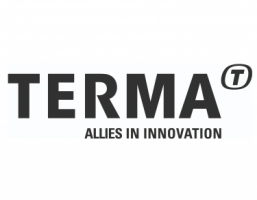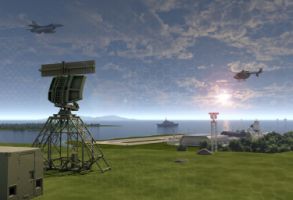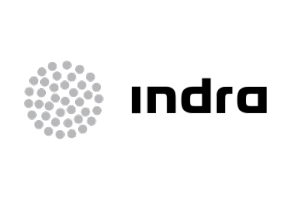Toronto Pearson Airport Operating New Generation SCANTER Radar from Terma

The SCANTER 5502 Solid State Surface Movement Radar is now in operation in Canada's biggest airport.
Canadian Air Navigation Service Provider NAV CANADA has taken the first SCANTER 5502 Solid State Surface Movement Radar (SMR) into operation in the country’s biggest airport in Toronto. Here, the new SMR will work together with the two existing SCANTER SMRs, already operational in the airport.
The Terma supply also includes the new, heated anti-icing antenna that can prevent ice from building up on the antenna while spinning. The ice may cause a safety risk to personnel and aircraft when falling off and at the same time decrease the performance of the equipment. This is done with heating elements automatically switching on when the temperature drops below a defined level, making it impossible for the ice to build up. When installed, this feature requires no additional maintenance. Terma is proud to supply equipment to one of the most modern and advanced air navigation service providers in the world.
The purpose of the Surface Movement Radar is to maximize safety in airports by allowing Air Traffic Controllers to monitor, advice, and instruct aircraft, vehicles, personnel, etc. moving on the ground in an airport. A radar is very suitable for this purpose as it covers a large area and operates independently of light conditions (day/night), visibility conditions, e.g. fog, and possible precipitation, e.g. rain and snow.
Besides Toronto Pearson, Terma Surface Movement Radars are in operation in other Canadian airports, including Montreal, Vancouver, Halifax, Calgary, Quebec, Winnipeg, and St. Johns as well as a maritime surveillance system for the Billy Bishop Toronto City Airport.
A total of plus 130 international airports around the globe operate Terma SMR radars.









